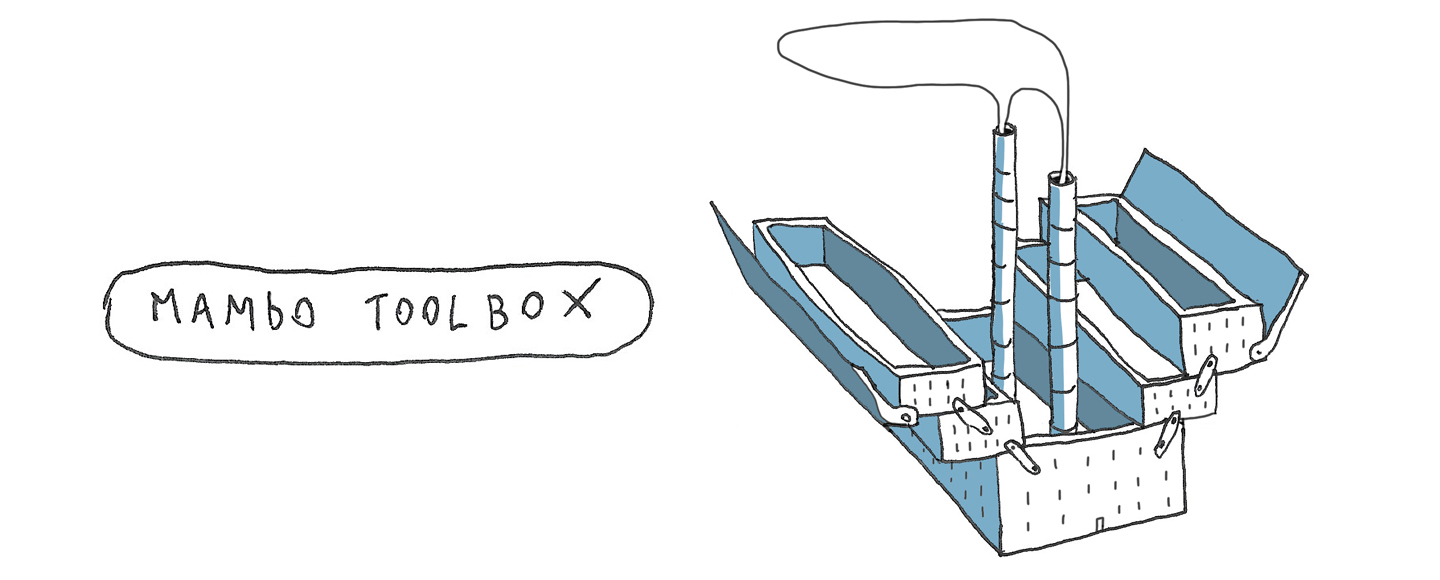
The fruition of culture in the post-pandemic, between new challenges and cultural hubs
30 May 2020The new Ministerial Decree has ordered the reopening of the civic museums and exhibition venues starting from May 18, according to an experimental plan.
Visits by reservations, sanitization of environments and safety measures for the public and employees will be the cornerstones of this gradual “return to normality”. How will the use of culture change in Italy and the world after the health emergency? We talked about it with Roberto Grandi, Full Professor of Sociology of Communication at the University of Bologna, Director of the Master in Digital Marketing and Communication of Bologna Business School and President of Istituzione Bologna Musei.
“All over the world one wonders if during the transition phase and, subsequently, at the end of the pandemic, the cultural fruition will return to be similar to the previous one or changes can be hypothesized. My reflections focus on the museum activities that have moved online in these closing weeks, both through streaming live events and through the creation of digital content and the proposal of visits that use virtual reality.
As in any other sector of society, these weeks have led to an acceleration of innovative processes already underway with two different perspectives. On the one hand, some are convinced that digital can replace almost all museum visitation practices. On the other hand, I am convinced that digital creates new, different ‘texts’, other experiences of great interest and meaning that may have references to museum materials, but which cannot replace direct museum experience. Digital and co-presence are expressed through profoundly different languages that create equally different experiences. Digital offers cultural products and experiences with its own languages that have privileged recipients and are capable of expanding the museum audience.
Anyone who thinks that a visit in virtual reality can replace the physical visit is convinced that museums are only a succession of exhibition rooms. This conception of museums has been outdated for many years. Today museums, in particular civic museums that have permanent collections that illustrate the history of a territory, are cultural hubs, are located at the crossroads of a series of relationships with other cultural institutions in the area and have a social responsibility towards different audiences.
In the first place, the public of the residents to whom we must turn with inclusive and participatory proposals to the initiatives that take place both inside and outside the museum spaces. The residents must overcome the awe of the museum and have to live in it, feel it right. Thanks to the professionalism of new cultural mediators and the ability to draw the infinite fascinating and intriguing stories they can tell from the objects that make up the permanent collections. Do not wait for the not-yet-public to come to the museum, but go where they live to involve them and build proposals together.
The second audience is made up of national and international tourists. At the international level, we are convinced that the cultural tourism market will have a radical change that can become permanent. The New Cultural Tourist will be less attracted to the great hit and run event (moreover for a little difficult to organize) and more motivated by the search for a museum experience capable of transmitting authenticity and uniqueness. A more thoughtful cultural tourism, with less hectic times of consumption, which will be able to appreciate the unique and distinctive value, for example, of the permanent collections of the 14 museums belonging to the Bologna Museums Institution. The museums and the city of Bologna can benefit if the management of the tourist phenomenon moves in a horizon of offering real, authentic and distinctive experiences, of which a rethought Morandi Museum, the greatest Italian artist of the twentieth century, could constitute the central core.
A third audience to which museums are addressed is the world of education and training. The most innovative museums offer not so many passive visits to school groups but laboratory training activities integrated into school ones as opportunities for further growth for new generations through the stimuli of art. These are news reports that in the last few days the restructuring plans adopted by some of the most prestigious US museum institutions have sparked echo all over the world. From one day to the next, the educational department of the Museum of Modern Art in New York saw all the activities canceled and suspended indefinitely any new contractual assignment for 85 educators hired as external collaborators, while the San Francisco Museum of Modern Art has fired over 300 employees.
All the museums in the world are in a situation of crisis due to the lack of revenue and with critical prospects, but deciding to eliminate educational activities for one or two years shows a lack of civic responsibility. The museums of the Bologna Museums Institution have not only made proposals for online workshop activities in these weeks, but are ready to start again with the educational initiatives in attendance and, in parallel, online. The fourth target audience is artists. In this situation, artists, photographers, designers, directors, creatives are among the categories most affected by this economic crisis and many will have no safeguard clauses or layoffs to start from. Those who have a gallery of reference will hardly find it after the crisis, those who support themselves by selling their works will certainly suffer the crisis of the art market that has already opened. For many, it will also be a problem to buy materials to produce new works or have a space to make them.
The museum must take a clear position at this precise moment and take responsibility responsibly for the needs of the community it represents by making its resources and spaces available. From this observation, a new concept of the museum called Nuovo Forno del Pane was born inside the Museum of Modern Art: no longer home of the works but a home of the artists, forge of new works, an incubator of new projects. The exhibition programming will be temporarily interrupted to give space to local artists, creatives, cultural associations and those who need it to start again.
The large Sala delle Ciminiere will be completely made available to artists to create studios, workspaces, ateliers, coordinated production sites. With a view to institutional cooperation and networking between cultural institutions active in the area, this new Creative Community will be born. Today museums have to rethink and plan radical choices that take into account the logic of accountability of the increasingly important social responsibility they have towards society as a whole”.
Author: Roberto Grandi
